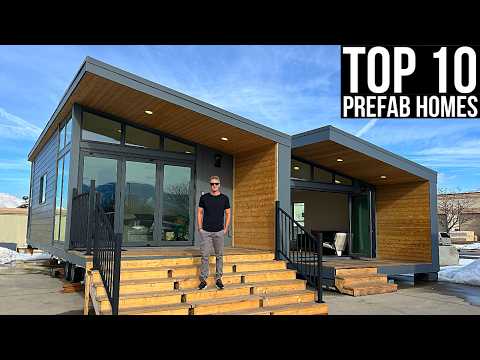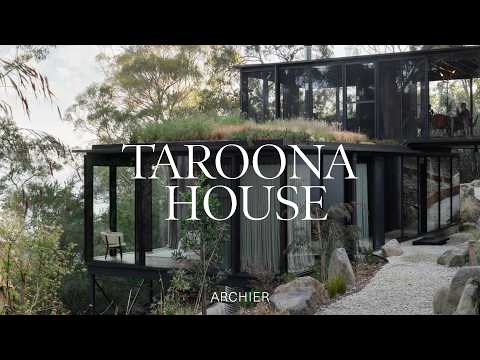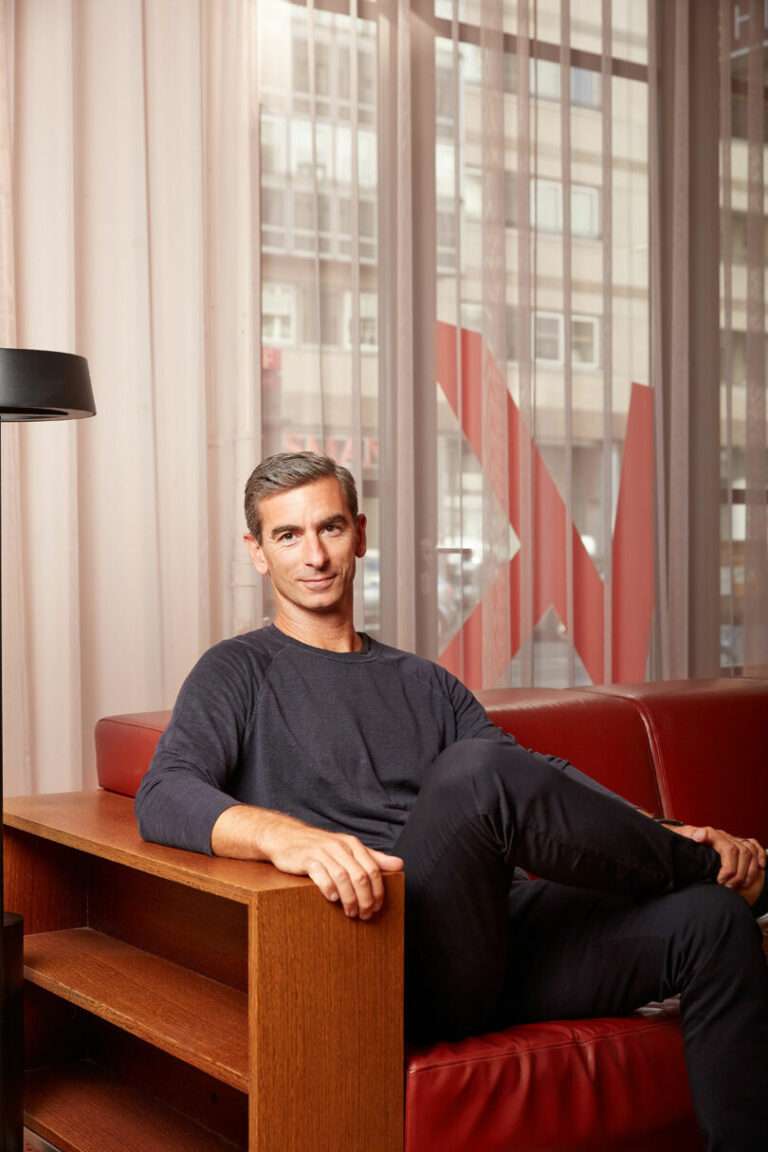Takamine-cho House is an introspective residence designed by Tomoaki Uno Architects in Nagoya, Japan. Spanning 2,044 sq ft (189.91 sqm) across two levels, the house combines exposed concrete and traditional stone masonry to create a private and protected retreat. Its most iconic feature is a stone pyramid inspired by the Aztec pyramid of Tenayuca, which houses a study and extends from one corner of the home. The upper level contains the social spaces arranged around a central courtyard and a water garden, while the bedrooms are located on the lower floor. Natural light is carefully managed through skylights and glass walls facing the courtyard, balancing solidity and openness.
Credits:
Architecture: Tomoaki Uno Architects
Lead Architect: Tomoaki Uno
Photography: Yasuo Hagiwara
Location: Nagoya, Aichi Prefecture, Japan
Gross Built Area: 2,044 sq ft
Year: 2021





